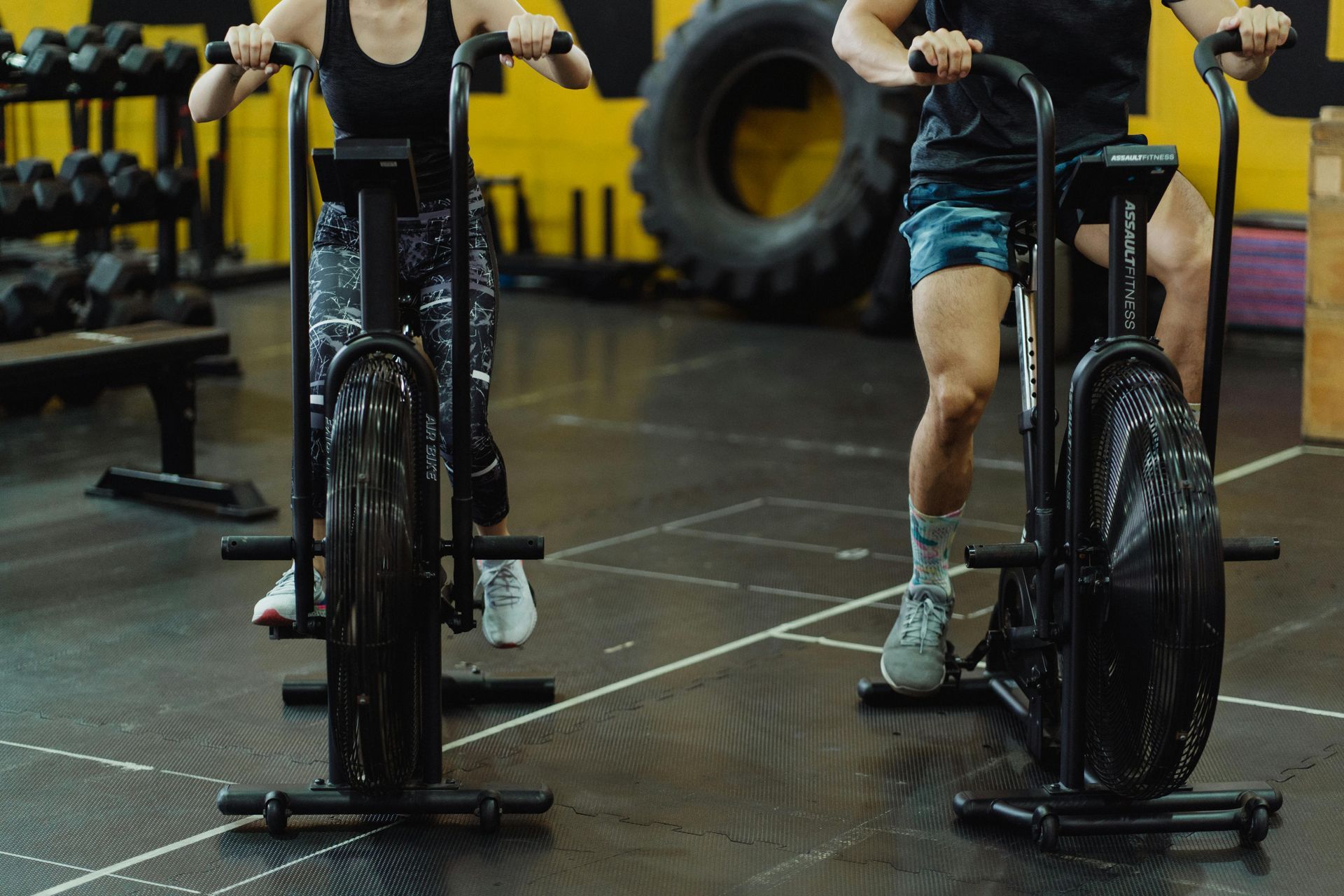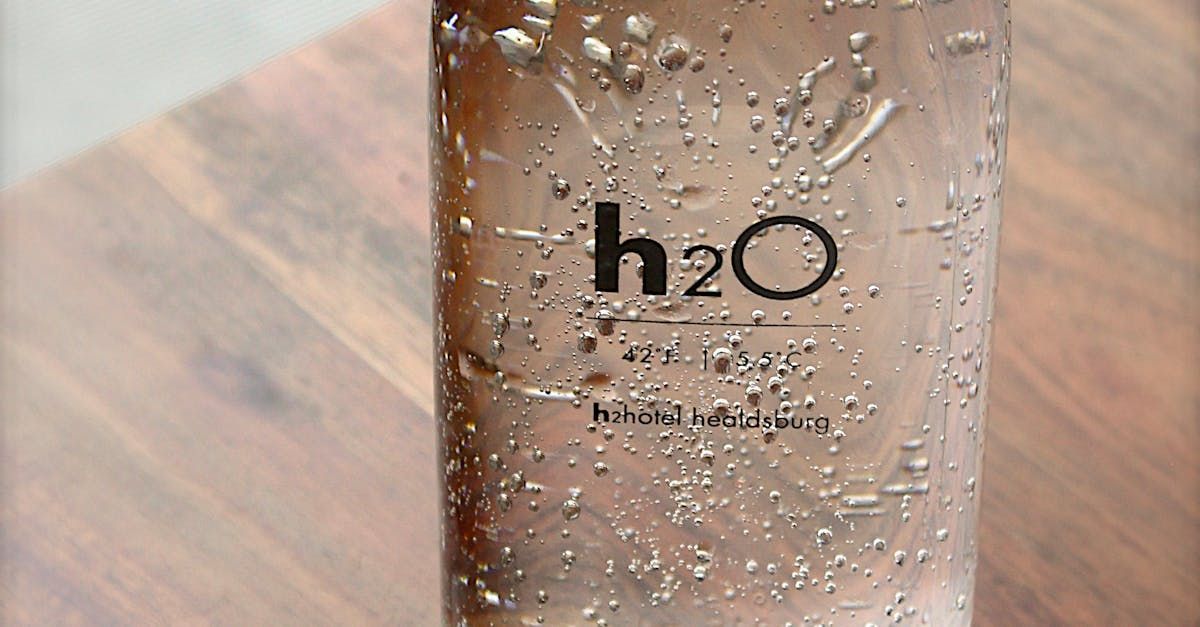Hypertrophy Specific Training
INTRODUCTION
Hypertrophy Specific Training (HST) is a scientifically-based workout program designed to maximize muscle growth through targeted exercises and progressive overload. HST focuses on stimulating muscle hypertrophy - the increase in size of muscle cells - through specific training principles and techniques.
Unlike traditional bodybuilding approaches, HST is grounded in the physiological mechanisms that drive muscle growth. It incorporates key factors like mechanical load, training frequency, and strategic deconditioning to optimize the hypertrophy response. Whether you're an experienced lifter looking to break through a plateau or a beginner aiming to build lean mass efficiently, HST offers a systematic framework to achieve your muscle-building goals.
This article will explore the core principles of HST, debunk common myths surrounding hypertrophy training, and examine the numerous benefits this approach can offer - from improved body composition to enhanced athletic performance. We'll also provide practical insights on how to implement HST effectively in your own training regimen. Get ready to dive deep into the science of muscle growth and discover how HST can transform your physique.
WHAT IS HYPERTROPHY SPECIFIC TRAINING?
The word hyper/trophy in its parts means hyper - above/beyond - Trophy - growth. Hypertrophy Specific Training (HST) is a scientifically-based workout program designed to maximize muscle growth through targeted exercises and progressive overload. HST focuses on stimulating muscle hypertrophy - the increase in size of muscle cells - through specific training principles and techniques. In simple terms, HST is a systematic approach to increase muscle size.
BREAKING THE MYTHS RELATED TO HST
MYTH #1: HST WILL MAKE WOMEN LOOK LIKE MEN
One of the most persistent myths is that women who engage in hypertrophy training will develop bulky, masculine physiques. This fear is largely unfounded. Women typically have much lower levels of testosterone compared to men, which makes it difficult for them to build large amounts of muscle mass. In reality, hypertrophy training can help women achieve a toned, lean appearance while improving overall strength and body composition.
MYTH #2: HST IS BAD FOR ENDURANCE ATHLETES
Contrary to popular belief, hypertrophy training can be beneficial for endurance athletes. While it's true that excessive muscle mass can be detrimental to endurance performance, a well-designed hypertrophy program can actually enhance an athlete's capabilities. Increased muscle strength and power can improve running economy, cycling efficiency, and overall performance in endurance events[3].
MYTH #3: HST ALWAYS LEADS TO WEIGHT GAIN
Many people assume that hypertrophy training inevitably results in significant weight gain. However, this is not always the case. Hypertrophy training primarily focuses on increasing muscle fiber diameter and improving force generation capacity. These adaptations can occur without substantial changes in overall body weight, especially when combined with proper nutrition and endurance training.
BENEFITS OF HST
PHYSICAL BENEFITS
1. Increased Muscle Size: The primary goal of hypertrophy training is to increase muscle size. Increased muscle size allows for a greater strength development. Improves a person’s physique and in sports like football, the extra mass increases a person’s interia, their resistance to be moved or to be stopped from moving [6][7].
2. Improved Strength: While not as focused on maximal strength as a strength training program, hypertrophy training still significantly increases overall strength[7]. Just like an engine, the larger the size, the greater force it can generate.
3. Enhanced Athletic Performance: Larger, stronger muscles can generate more force, potentially improving performance in various sports and activities [7].
4. Better Body Composition: Hypertrophy training can help increase lean muscle mass while decreasing body fat percentage [7].
HEALTH BENEFITS
1. Improved Joint and Bone Health: All resistance training, including hypertrophy work, can enhance joint stability and increase bone density[8].
2. Metabolic Boost: Muscle is akin to being the engine of the human body. Increased muscle mass leads to a higher resting metabolic rate, helping with weight management and energy expenditure[6][7].
3. Better Insulin Sensitivity: When exercising, especially at high intensities, glycogen (glucose) is the primary energy source for muscle cells. This increases the cell's sensitivity to glucose which in terms reduces the risk of insulin resistance and type 2 diabetes[7].
4. Cardiovascular Health: All exercise will provide some benefits for cardiovascular health. While this is generally not the focus with HST. There's evidence that resistance training may reduce the risk of cardiovascular disease[8].
FUNCTIONAL AND LONG-TERM BENEFITS
1. Maintained Functional Movement: Hypertrophy training helps maintain lean muscle mass and functional movement abilities as you age[8].
2. Reduced Injury Risk: Stronger muscles and improved joint stability can lower the risk of injuries in daily activities and sports[6].
3.Improved Mood and Mental Health: Like other forms of exercise, hypertrophy training releases endorphins, which can enhance mood and confidence[6].
4. Long-term Health: Research suggests that resistance training is linked to a reduced risk of all cause mortality, including cancer and cardiovascular disease[8].
KEY PRINCIPLES OF HST
MECHANICAL LOAD
This principle is all about putting enough stress on your muscles to make them grow. It's like challenging your muscles to lift heavy things. When you do this, your body thinks, "I need to get stronger to handle this!" and starts building more muscle. HST makes sure you're lifting weights that are heavy enough to trigger this growth response.
PROGRESSIVE OVERLOAD
Think of this as gradually making things harder for your muscles. Whether you are increasing the weight, number of sets or reps. In progressive overload you are continually increasing the demand in the muscles. This demand causes them to adapt to whatever stimulus is imposed. This often referred to as the SAID principle. Specific Adaptation to an Imposed Demand.
FREQUENT STIMULUS
Hypertrophy training, aimed at increasing muscle size, requires a delicate balance between stimulus and recovery. Recent research and practical experience suggest that an optimal approach involves training each muscle group twice a week with approximately 72 hours of rest between sessions targeting the same muscle group.
The 72-Hour Recovery Window
The 72-hour rest period between training sessions for the same muscle group is based on several physiological factors: Muscle Protein Synthesis (MPS): Studies indicate that MPS peaks around 24-36 hours post-exercise and can remain elevated for up to 48-72 hours in trained individuals.Muscle Damage Recovery: Most muscle damage markers return to baseline within 48-72 hours after a training session, allowing for adequate recovery.
Training Each Muscle Group Twice A Week
Training each muscle group twice a week aligns with current research on optimal training frequency for hypertrophy: It allows for sufficient volume distribution throughout the week. This frequency has been shown to promote superior hypertrophic outcomes compared to once-weekly training. It provides a good balance between stimulus and recovery for most individuals. There is some evidence that training 3 days a week with 48 hours of rest may be beneficial.
STRATEGIC DECONDITIONING
This is a more sophisticated way of expressing "planned rest periods." When one consistently engages in the same training regimen, the body can adapt to the stimulus, resulting in diminished progress. Hypertrophy-Specific Training (HST) incorporates phases where training intensity is reduced or altered. This approach functions similarly to pressing a reset button for the muscles, enhancing their responsiveness when intense training resumes.
COMPOUND EXERCISES
These are exercises that work multiple muscle groups at once. Instead of just doing bicep curls (which only work your biceps), HST focuses on exercises like squats or bench presses that work several muscles together. It's like killing two (or more) birds with one stone. This approach is more efficient and often leads to better overall muscle growth and strength gains. For example, the best way to get big biceps is by incorporating a supinated grip barbell bent over rows.
INCORPORATING HYPERTROPHY INTO SPORTS PERFORMANCE
PERIODIZATION IS KEY
When it comes to hypertrophy and sport, hypertrophy must be incorporated with intention and planning. Often periodized training programs will alternate between hypertrophy-focused phases and sports-specific performance phases. This approach allows for muscle growth while maintaining and improving sport-specific skills[3].
- Off-season: Focus more on hypertrophy training
- Pre-season: Gradually shift towards more sport-specific training
- In-season: Maintain muscle mass with minimal hypertrophy work, prioritize sports performance
COMPOUND MOVEMENTS FOR DUAL BENEFITS
Incorporate compound exercises that mimic sports-specific movements. These exercises build muscle mass while improving functional strength relevant to your sport[4].
EXAMPLES
- Olympic lifts; For explosive power
- Squats and deadlifts; for overall lower body strength
- Pull-ups and rows; for upper body development
SPORT-SPECIFIC HYPERTROPHY
Target muscle groups crucial for your sport. This approach ensures that the muscle mass gained directly contributes to improved performance[5].
EXAMPLES
- Swimmers; Focus on lats, shoulders, and core
- Sprinters; Emphasize quadriceps, hamstrings, and glutes
- Basketball players; Target legs for jumping power and upper body for shooting strength
BALANCE VOLUME AND INTENSITY
Carefully manage training volume and intensity to avoid overtraining and ensure recovery for sports practice and competition[3].
- Use lower volume, higher intensity workouts during the competitive season
- Increase volume during off-season for maximum hypertrophy gains
FUNCTIONAL HYPERTROPHY TRAINING
Incorporate exercises that improve both muscle size and sports-specific skills:
- Medicine ball throws; for rotational power and core hypertrophy
- Plyometric push-ups; for explosive upper body strength
- Bulgarian split squats; for unilateral leg development and balance
NUTRITION FOR GROWTH AND PERFORMANCE
Tailor your diet to support both muscle growth and athletic performance:
- Increase protein intake to support muscle hypertrophy
- Consume adequate carbohydrates for energy during sports training
- Time nutrient intake around workouts and competitions for optimal performance
RECOVERY AND ADAPTATION
Prioritize recovery to allow for both muscle growth and skill development:
- Implement deload weeks to prevent overtraining
- Use active recovery techniques like light cardio or yoga
- Ensure adequate sleep for muscle repair and skill consolidation
By strategically combining hypertrophy training with sports-specific work, athletes can build muscle mass that directly contributes to improved performance in their chosen sport. This integrated approach ensures that gains in size translate to enhanced strength, power, and overall athletic ability on the field or court.
Citations:
[1] https://dr-muscle.com/hypertrophy-specific-training/
[2] https://www.backbayfit.com/post/hypertrophy-specific-training
(3) [1] https://pmc.ncbi.nlm.nih.gov/articles/PMC10487730/
[4] https://www.sci-sport.com/en/articles/Concurrent-training-Does-cardio-affect-muscle-mass-and-strength-gains-233.php
[5] https://www.backbayfit.com/post/hypertrophy-specific-training
[6] https://www.kelseywells.com/blogs/lifestyle/hypertrophy-training
[7] https://www.backbayfit.com/post/hypertrophy-specific-training
[8] https://www.onepeloton.com/blog/hypertrophy-vs-strength-training/








